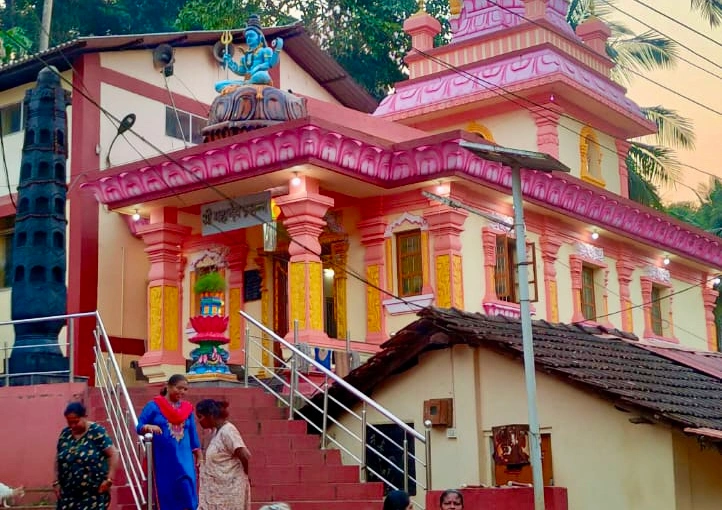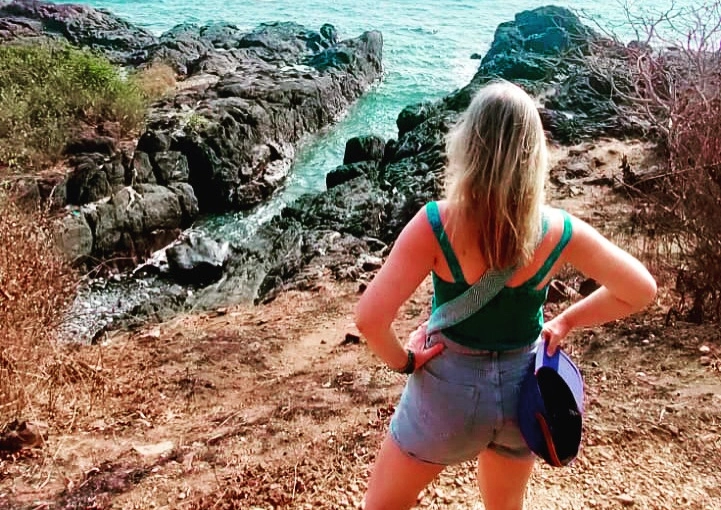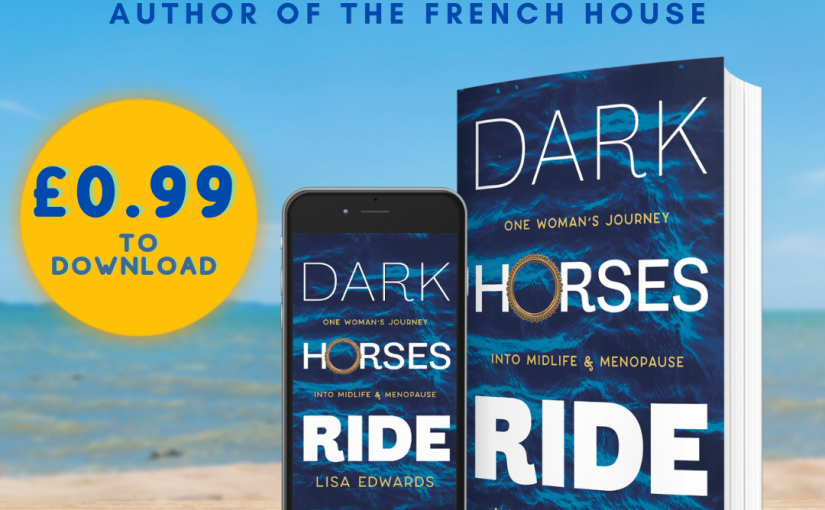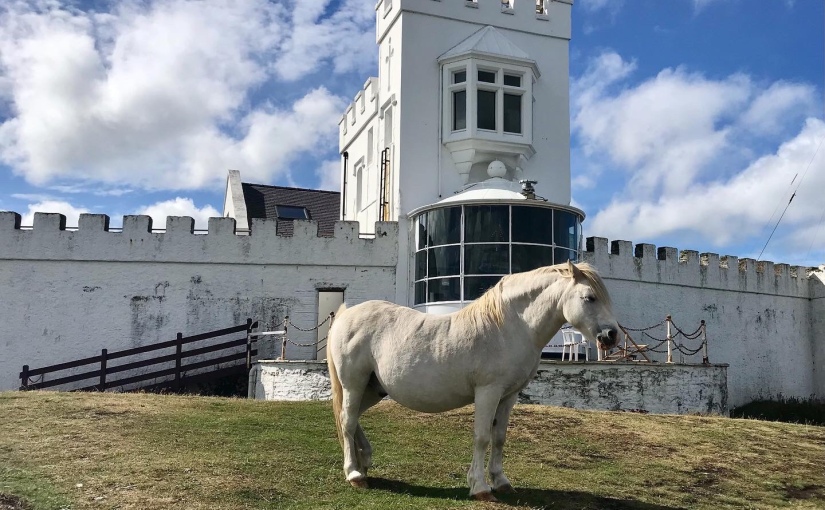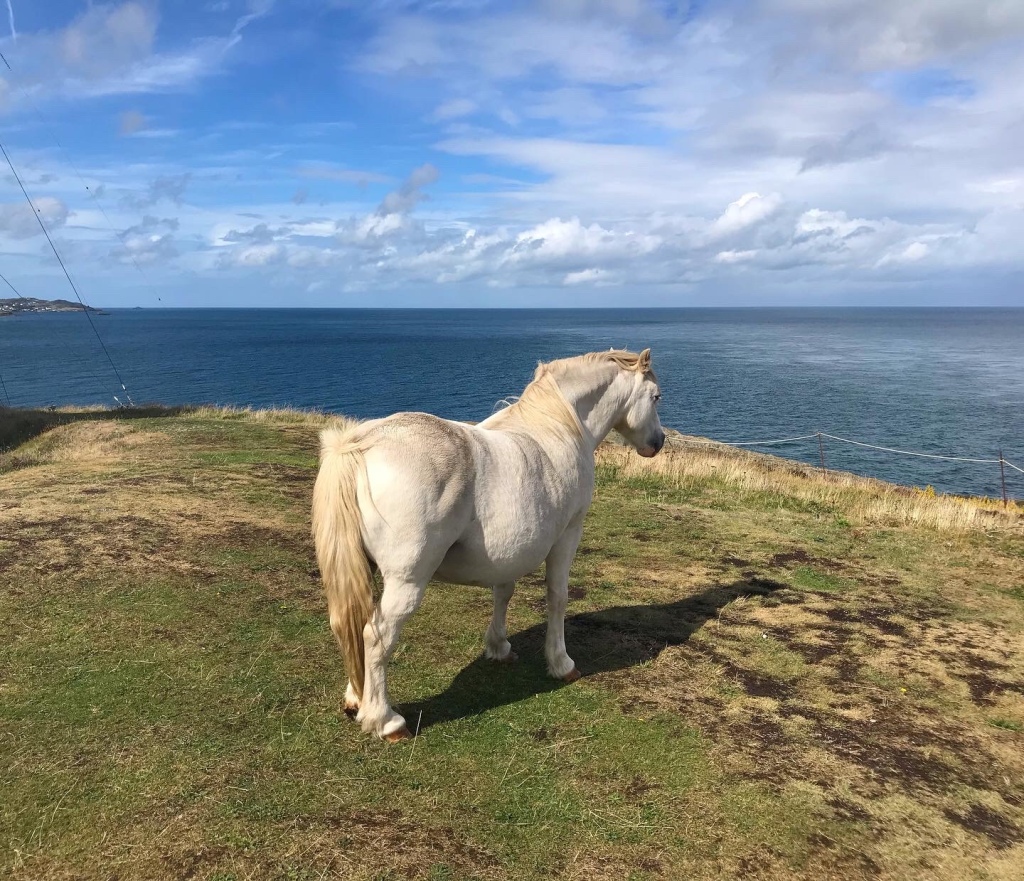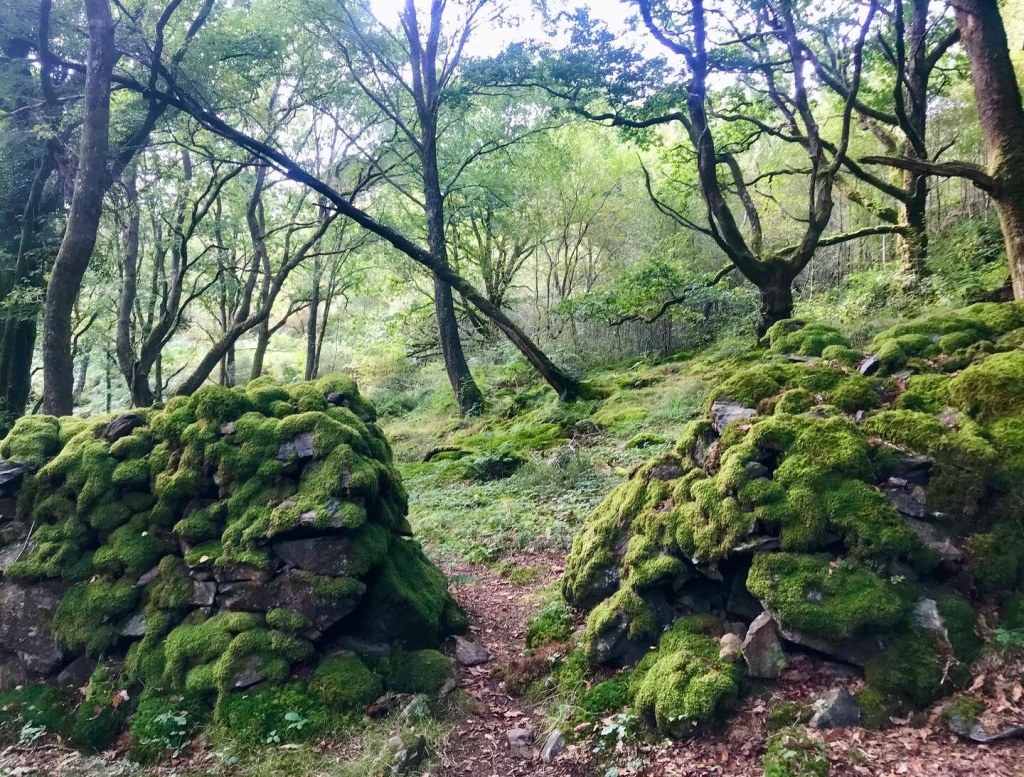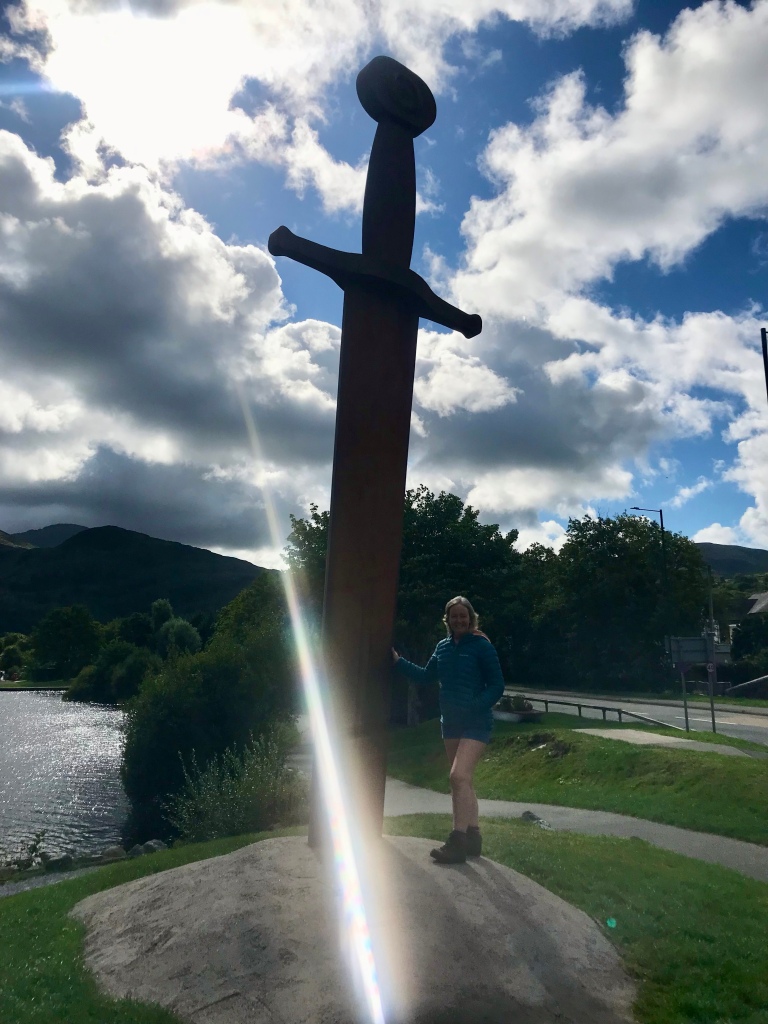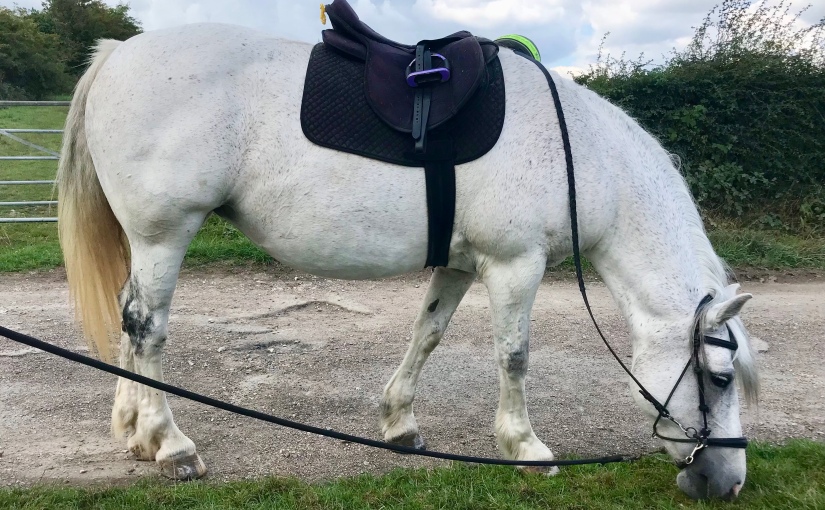I’m someone who can drive but doesn’t currently have a car. I rely on public transport and good old walking wherever I go. When I go on hiking trips to the Lake District or my homeland, North Wales, I use the public buses to get everywhere. If you’re a car owner you’re probably recoiling in horror right now, but let me tell you about the joy of bysiau.
Travelling on foot or by bus means that you are forced to really look around where you’re based, to see how it’s connected with everything around it, where the little paths and streams are, the small bridges and stepping stones that connect fields, the backroads to the path up the local hill. If you have a car you spend your time leaving the place you’re in to find something better on the map. You’ll never see those tiny streams and paths or notice that the old railway line has been turned into a leafy walk to the next village.
I have just spent a few days in a North Welsh hamlet with only two bysiau a day, but with the Lôn Las Ogwen railway track footpath on its doorstep. Everyone in the accommodation around me was offering me lifts to towns and attractions around us, but not one of them climbed the local hill, walked through the local forest or used the Lôn Las Ogwen to get to the next village. They never found the Blas Lôn Las farm cafe and shop en route, or the path that links it to the local Moelyci mountain in the Carneddau.
They never worked out that they could catch a bus from the next town (Tregarth) to the Ogwen Valley, where a volunteer-run bus (Bws Ogwen) would carry them to the start of all the great mountain hikes in the Glyderau and Carneddau. They didn’t chat to the two drivers who run it because they were the only ones on board and found out where the best pub was in Bethesda. They never found the Pant-yr-Ardd pub in Tregarth which is hosting a rodeo tonight (so sad not to be there) or met any of the funny, welcoming, wry locals who would tell them why the local shop closed or why they were struggling to get on the property ladder.
Now on the island of Anglesey, or Ynys Môn in Welsh, I’m restricted to bysiau but there is one bus, the 62, that stops everywhere along the east coast so you can make up your own hikes between stretches of the coast path. I make the most of my waiting time for the 62 by going for coffee or ice-cream at Amlwch harbour or Moelfre village, chatting to people at the table or bench next to me because that’s what people do here.
This trip has reminded me of the girl I was in my teens, sometimes with my mum but mostly alone, travelling by bus around my homeland, chatting to people and knowing the tracks and trails of the land like the back of my hand because I’ve walked them over and over again. Being so-called ‘restricted’ by bysiau means I return again and again to well-worn paths, like the one I’ve just done between Amlwch and Point Lynas. I like finding the small landmarks again – the tiny bridges over streams, the sea-wall paths around bays – and walking them again and again until I’m part of them. Once again, I was the only one on the bus, and the driver said, in that wave-like North Welsh accent I know so well, “You might struggle to find a seat…” as I boarded. He drove into village after village, having to turn around and come back on himself in each one, because that’s what the service does – drives into a village and out again like a bee finding nectar in a row of flowers.
I have come full circle to my teenage self, walking the land alone and relying on bysiau to get around. Wales is full of girls like I was – I can see them now, out with their mums and grandmothers, hoping for something dramatic to happen, not realising that their solo roaming on the coast path will come to define who they are in the future. Their hair blows in the wind and their pale, freckled faces turn to the sun as they wait at the bus stop, watchful and expectant.
It’ll come, girls, it’ll come.

